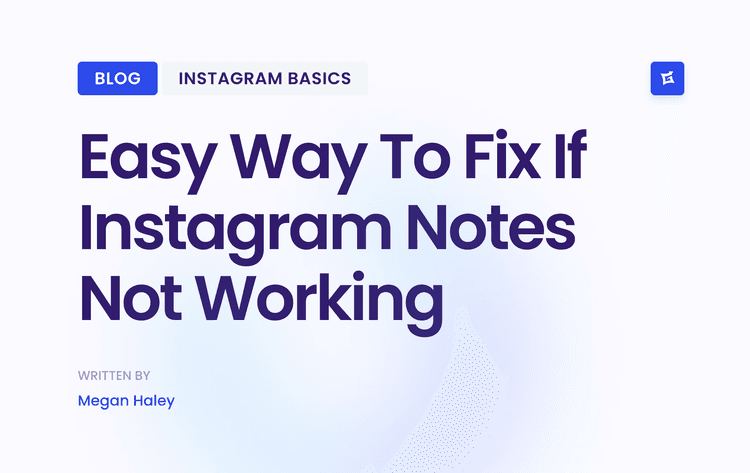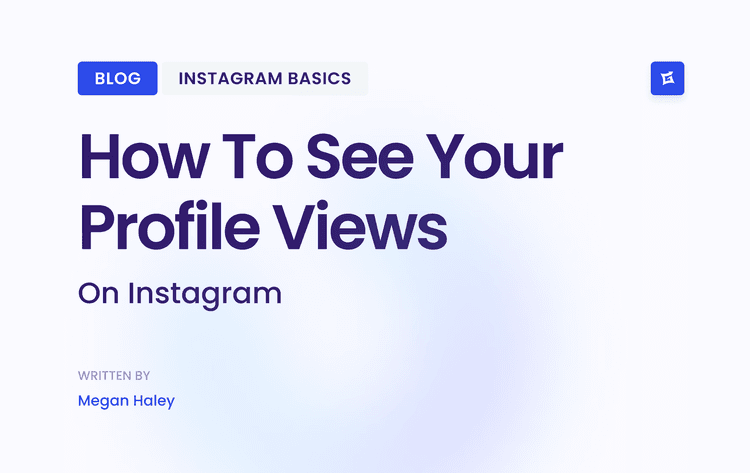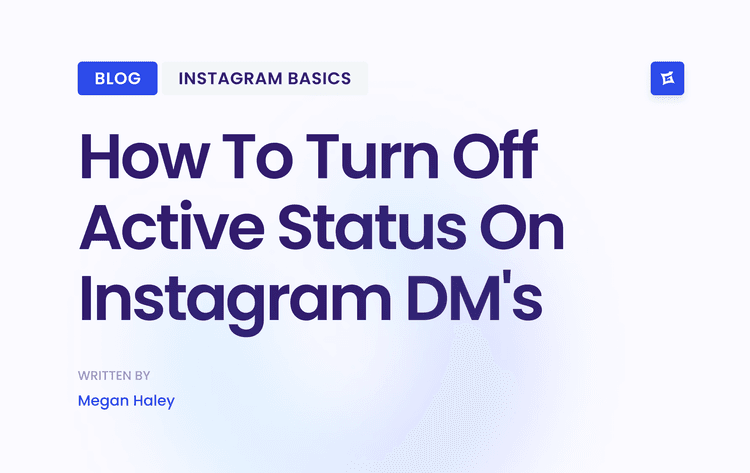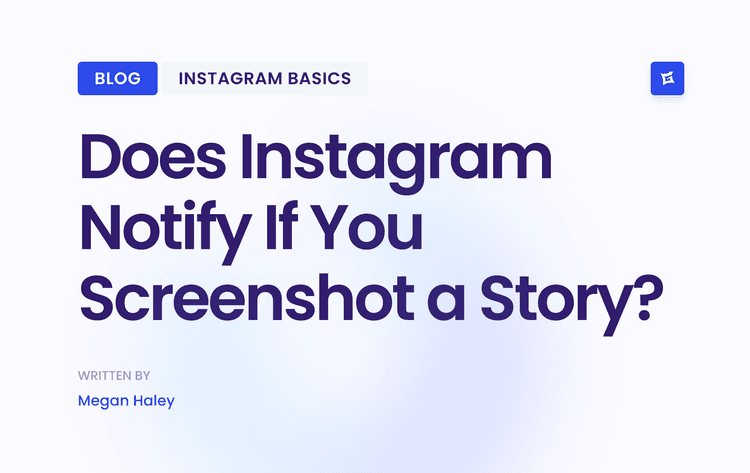Understanding What Makes Content Irresistibly Shareable
The Psychology of Sharing
We're more likely to share content that aligns with our values, makes us look good, or helps us connect with others. Sharing a funny meme, for example, can brighten someone’s day and strengthen social bonds. Content that inspires awe or offers a sense of wonder also tends to be widely shared. Understanding your target audience's emotional landscape is vital for creating shareable content.
What Makes Content Go Viral?
Several factors contribute to a post's viral potential. Surprise is one key element. Content that offers a fresh perspective or upends expectations can quickly grab attention. Humor is another powerful driver, as funny content is inherently shareable. And finally, relatability plays a crucial role, forging a strong connection with your audience. Content that reflects shared experiences and resonates with everyday challenges is more likely to perform well.
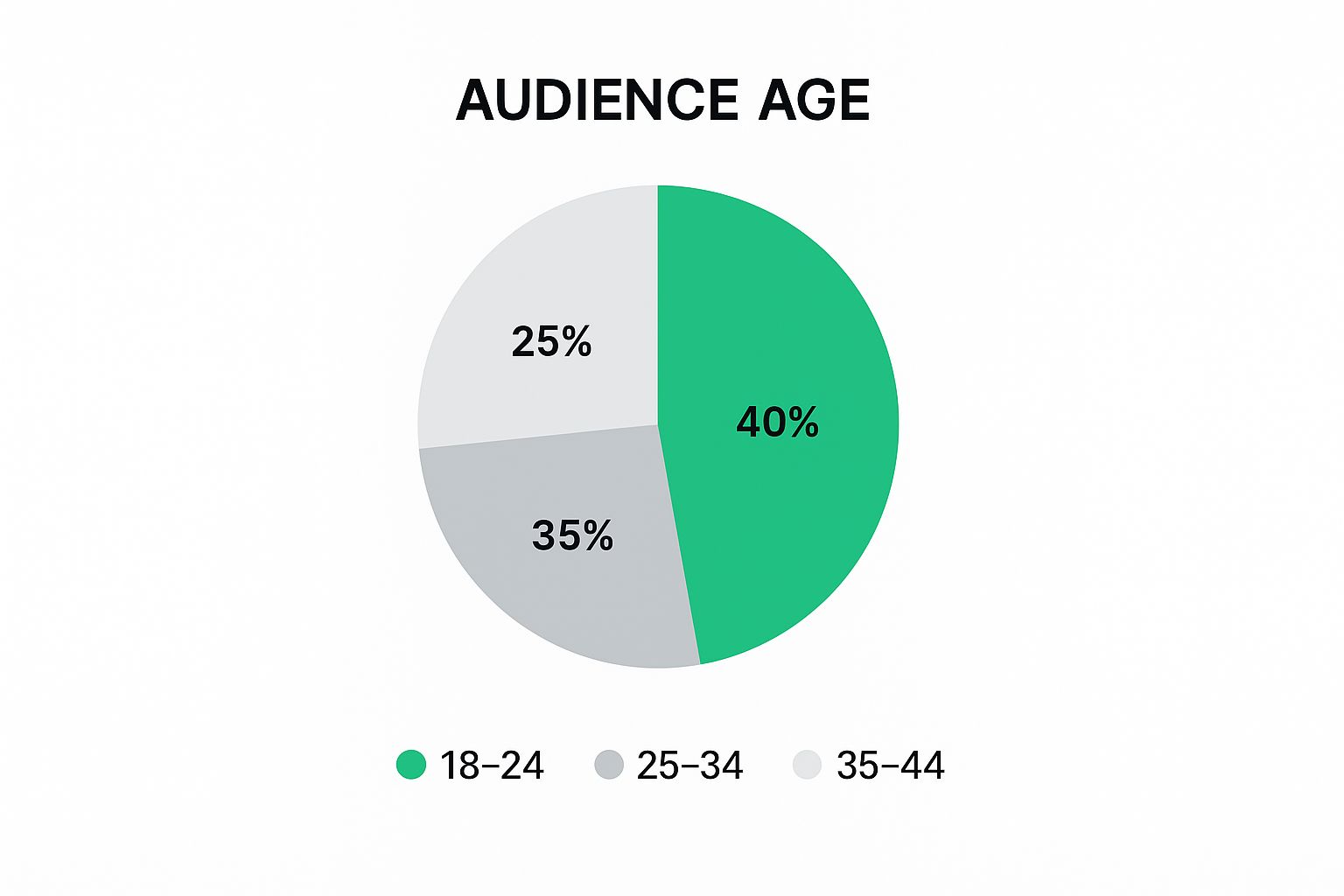
The infographic above visualizes the age distribution of a typical online audience, split into three key segments: 18-24, 25-34, and 35-44. The 18-24 age range makes up the largest segment at 40%, followed by 25-34 at 35%, and 35-44 at 25%. This emphasizes the importance of creating content that resonates with younger demographics when aiming for virality, as they are the most active online sharers. However, understanding the nuances and preferences of each segment is crucial for maximizing reach across all age groups. This knowledge will inform your content strategy going forward, helping you create content that truly connects with your audience and has the potential to become viral.
Choosing Your Platform for Maximum Viral Potential
Creating viral content isn't a matter of luck; it requires a deep understanding of your target audience and the platforms they use. Each platform possesses unique characteristics that influence content virality. What works on TikTok might not resonate on LinkedIn. Choosing the right platform is therefore crucial for maximizing your viral potential.
Matching Content to Platform DNA
Every platform has its own "DNA," its style, demographics, and preferred content formats. Short-form video content dominates platforms like TikTok and Instagram Reels, often driven by trending audio and quick cuts.
Conversely, longer, in-depth videos perform well on YouTube, where viewers seek tutorials, reviews, and educational content. Understanding these nuances is the first step in crafting platform-specific content. A quick, humorous video might excel on TikTok, while a detailed blog post on the same topic could be more effective on LinkedIn.
Understanding User Behavior and Algorithms
Platform algorithms heavily influence what content gains visibility. These algorithms prioritize content based on user engagement, watch time, and sharing patterns. User behavior also varies across platforms. Instagram users tend to be visually driven, while Twitter users favor concise text and discussions.
Creating viral content means catering to both the algorithm and typical user behavior. This might involve using relevant hashtags on Instagram or participating in trending conversations on Twitter. For a solid brand foundation, consider a social media branding guide.
Strategic Distribution Across Multiple Platforms
While tailoring content to a specific platform is essential, strategic distribution across multiple platforms can significantly expand your reach. In 2025, Facebook remains a leading platform with approximately 3 billion monthly users, followed closely by YouTube. This massive reach offers content creators a huge potential audience.
Platforms like TikTok, Instagram, and Pinterest are known for their strong commerce features, including in-app shopping and influencer marketing, making them ideal for content that drives sales. More detailed statistics can be found here. Repurposing your core message into different formats for each platform is key. A blog post can become a short video for Instagram, a Twitter thread, or an infographic for Pinterest.
To help visualize the various characteristics of popular platforms, take a look at the table below:
Understanding these platform-specific nuances is key to creating content that resonates with the right audience.
To illustrate this point, let's examine the key characteristics of viral content across different platforms. The following list provides a comparison of optimal content formats, audience demographics, and viral triggers:
Platform-Specific Viral Content Characteristics: This list compares the optimal content formats, audience demographics, and viral triggers across major social media platforms to help you choose the best platform for your content.
TikTok thrives on short-form videos, including dance challenges and comedy skits, with its core audience aged 16–24. Engagement peaks in the afternoon/evening, and content is most likely to go viral when it incorporates trending audio, humor, relatability, or creativity.
Instagram Reels performs best with short-form videos, tutorials, and behind-the-scenes content, targeting users aged 25–34. Engagement is steady throughout the day, and viral triggers include visually appealing, educational, or entertaining elements.
YouTube favors longer videos like tutorials, reviews, and vlogs, appealing to users aged 25–34. The ideal posting time is evening, and successful content tends to be informative, engaging, and high-quality in production.
Facebook sees strong engagement with text posts, images, and videos, primarily among users aged 25–44. The best time to post is afternoon, and viral content often includes shareable, relatable, or emotionally resonant material.
LinkedIn excels with long-form articles, professional insights, and job postings, catering to a 25–34 age group. Peak engagement occurs on weekday mornings, and content gains traction when it’s industry-specific or thought-provoking.
Pinterest is ideal for infographics, DIY projects, and recipes, attracting users aged 25–34. Engagement rises during evenings/weekends, and successful pins are visually appealing, inspiring, and practical.
This list highlights the diverse characteristics of each platform. For instance, while TikTok thrives on short, engaging videos, LinkedIn favors in-depth professional content. Understanding these differences is crucial for tailoring your content strategy and maximizing your viral potential.

Leveraging AI Tools Without Losing Your Authentic Voice
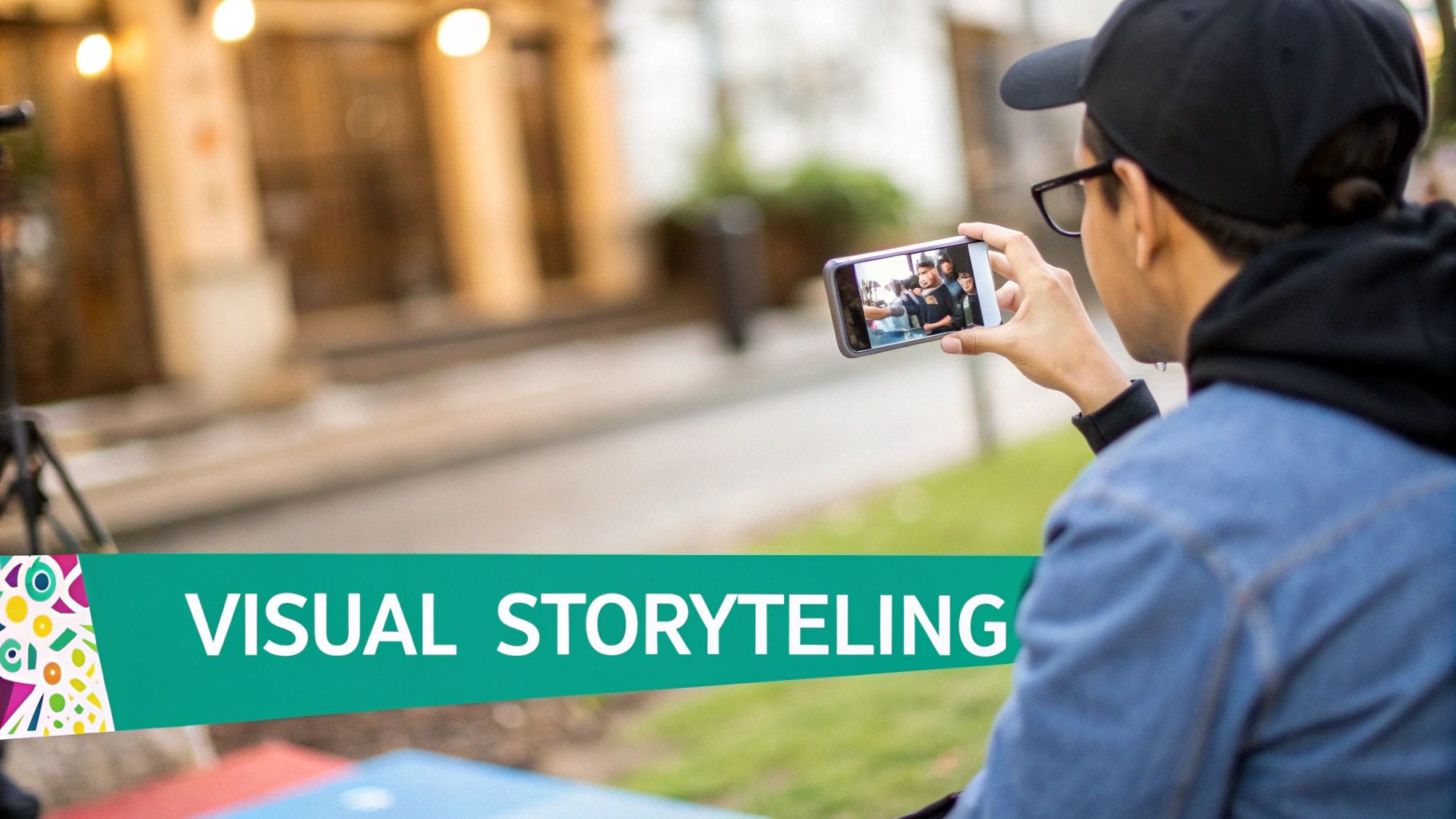
The content creation world is in constant flux. Savvy creators are using Artificial Intelligence (AI) to boost their workflows, but not at the expense of their style. It's about finding the sweet spot between tech-driven efficiency and genuine human creativity. Let's explore how creators are making AI a partner, not a replacement.
AI For Idea Generation and Trend Analysis
AI tools are incredibly useful for brainstorming and spotting emerging trends. Imagine a virtual assistant analyzing massive datasets to suggest topics your audience will crave. This helps you stay ahead of the curve and consistently produce relevant, engaging material. For example, AI can analyze Twitter conversations and Google search trends to pinpoint hot topics and keywords related to your niche.
Automating Tasks While Maintaining Authenticity
AI can automate tedious tasks like video editing and hashtag research, freeing creators to do what they do best: telling compelling stories and connecting with their audience. AI-powered social listening tools can help you understand audience sentiment and tailor your content accordingly.
A key ingredient for viral content is integrating new technologies and trends. By 2025, Generative AI will be even more important in content creation, enabling more innovative and engaging content. This technology can automate tasks like video editing with tools like Adobe Premiere Pro, making it easier for creators to produce high-quality content quickly. The rise of social listening is also vital, allowing brands to understand their audience better and craft resonant content. Explore more about social media trends.
Finding the Right AI Tools For Your Needs
With so many AI tools available, choosing the right ones can feel daunting. Some popular choices include AI-powered writing assistants like Jasper.ai, video editing software with automated features, and social media management platforms with integrated AI analytics like SproutSocial. Gainsty, for example, helps leverage AI to boost organic Instagram growth while preserving authenticity.
Balancing AI Assistance With Human Creativity
While AI is a powerful tool, maintaining your authentic voice is essential. Your unique perspective and creativity are what make your content stand out. AI should enhance, not replace, your human touch. This means carefully evaluating AI-generated suggestions and ensuring they align with your brand and values. Treat AI as a collaborative partner offering insights and support while you retain creative control.
Creating Videos That Hook Viewers From the Second One
Video content is king when it comes to online virality. But in a world of endless scrolling and short attention spans, how do you grab and hold a viewer's attention? It takes a well-crafted approach, focusing on elements that instantly hook viewers and keep them engaged.
The First Three Seconds: Make or Break
The opening seconds of your video are crucial. They decide whether a viewer stays or scrolls on. Think of it as a movie trailer: it needs to instantly grab attention and promise something worth watching. Pacing and editing are key here.
A dynamic opening with quick cuts, strong visuals, and an element of surprise can work wonders. Skip the slow intros and get straight to the point, delivering value right away.
Optimal Video Lengths for Different Platforms
Different platforms have different preferences for video length. Short-form video platforms like TikTok and Instagram Reels thrive on concise, impactful content, typically between 15 and 60 seconds. This caters to shorter attention spans and the fast-paced nature of these platforms.
On the other hand, longer-form video platforms like YouTube allow for more in-depth content, with videos often running for several minutes or even hours. Understanding your audience and platform is key. Interestingly, 78% of people prefer learning about new products through short videos. For more video marketing insights, check out this article on social media statistics.
To help understand the differences in performance metrics related to video duration across platforms, let's take a look at the following table. It summarizes key insights into completion rates, engagement, share likelihood, and the best platform to use based on video length.
Video Content Performance Metrics by Duration
Analyze engagement rates, completion rates, and share potential based on video length across different platforms
Video Performance by Length:
Under 15 seconds achieves the highest 85% completion rate and strong 6% engagement rate, with medium sharing likelihood. These ultra-short videos perform best on TikTok and Instagram Reels.
15-30 second videos maintain a solid 70% completion rate and 5% engagement rate, with high sharing potential. They're ideal for TikTok, Instagram Reels, and YouTube Shorts.
30-60 second clips see 60% completion and 4% engagement, with medium sharing probability. These work well across Instagram Reels, YouTube Shorts, and Facebook.
1-3 minute videos experience a drop to 40% completion and 3% engagement, with lower sharing rates. They're better suited for YouTube and Facebook.
Over 3 minutes have the lowest 25% completion rate and 2% engagement, rarely shared. These longer formats perform best on YouTube and Vimeo.
As you can see, shorter videos tend to have higher completion and engagement rates on platforms like TikTok and Instagram Reels. Longer videos perform better on platforms like YouTube, where viewers expect more in-depth content.
The Power of Thumbnails
Thumbnails are the first impression viewers have of your video. They heavily influence click-through rates. A good thumbnail needs to be visually appealing, accurately represent the video's content, and use text or graphics that spark curiosity. Think of it as a mini-poster designed to entice clicks.
Sound and Storytelling: The Dynamic Duo
Audio is essential for viewer engagement. The right music, sound effects, or voiceover can significantly enhance a video's emotional impact and shareability.
A compelling story can keep viewers hooked. Use storytelling techniques to create a narrative arc, build suspense, and connect with your audience. Consider incorporating a problem, a solution, and a relatable character.
The Psychology of Shares and Interactions
Creating viral content involves understanding why people share videos. Viewers share content that resonates with them – content they find entertaining, informative, or emotionally moving.
Think about what motivates your target audience to share. Do they share funny videos, informative content, or videos that align with their values? By catering to these motivations, you increase the chances of your videos being shared widely.
Strategic Timing and Distribution for Explosive Reach
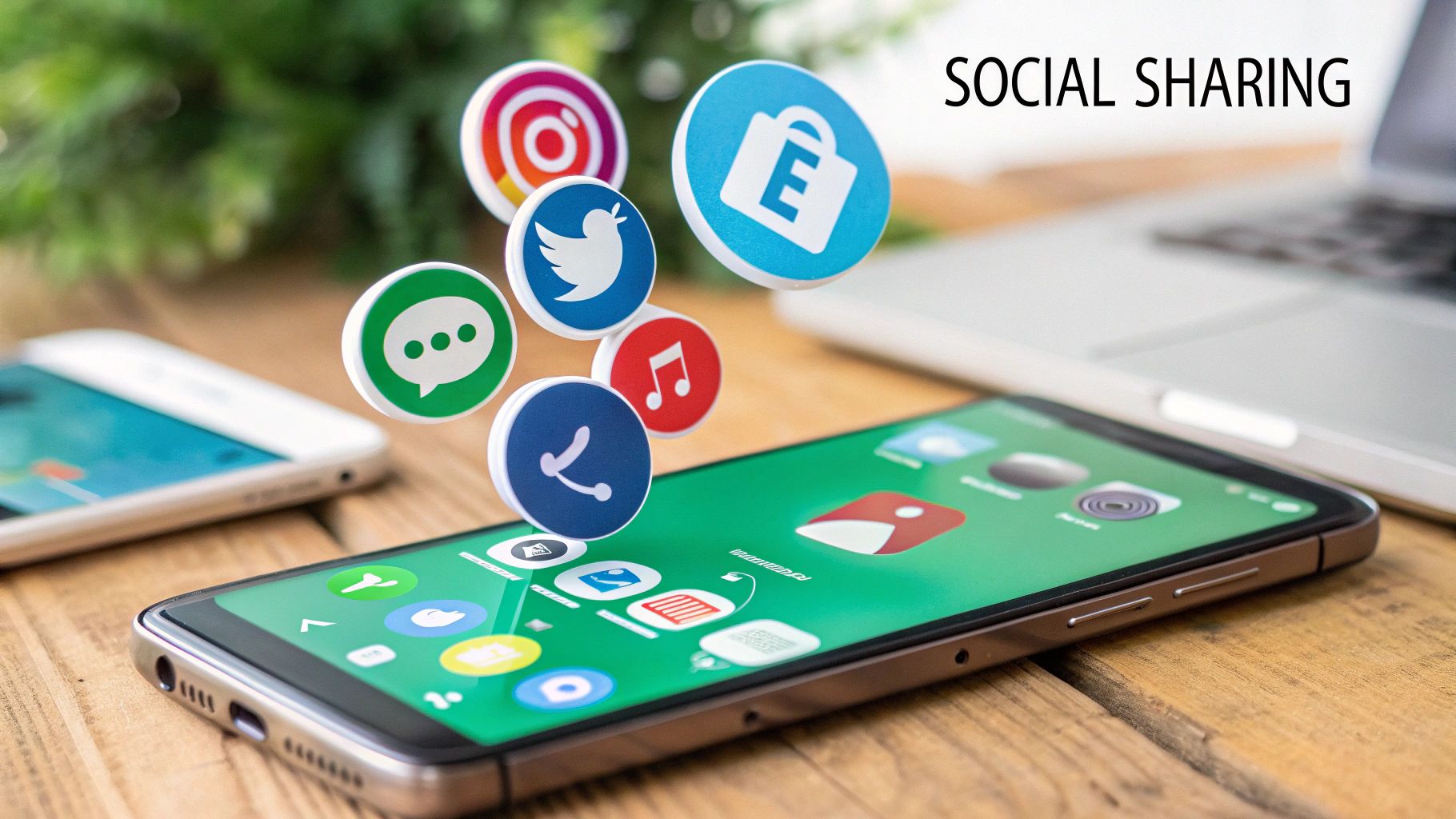
Creating top-tier content is just the first step. Getting it seen by the right people at the right time is equally critical. This means understanding strategic timing and using smart distribution tactics to maximize reach and viral potential.
Identifying Your Audience's Peak Activity
Timing is everything when it comes to going viral. Knowing when your audience is most active online is key. Dive into your platform analytics to identify peak engagement hours. For example, if your audience is mostly on Instagram weekday evenings, schedule your posts then for increased visibility.
Consider time zones, too. A global following means staggering posts across different time zones ensures maximum exposure throughout the day. This allows you to reach audiences in various locations when they're most active.
Leveraging Multi-Platform Launches for Compound Viral Effects
Launching across multiple platforms creates a compounding effect, boosting viral potential exponentially. This involves strategically releasing content across different platforms in a coordinated manner to maximize visibility and engagement. Think about teasing a video release on Instagram Stories, then launching the full video on YouTube to drive traffic and generate buzz.
Organic Distribution Tactics That Amplify Reach
Going viral doesn't require a huge budget. Plenty of organic distribution tactics can be used. These include participating in online communities, using relevant hashtags, and collaborating with other creators to cross-promote content.
Community Engagement and User-Generated Content
Engaging with your community expands your reach. Responding to comments, participating in discussions, and building genuine relationships fosters loyalty and encourages sharing. Active community engagement directly translates to greater visibility.
User-generated content (UGC) can significantly amplify viral potential. Encouraging your audience to create content related to your brand extends your reach beyond existing followers. UGC acts as organic, authentic promotion from within your community.
Running contests or challenges that encourage UGC can be highly effective. A simple hashtag challenge can motivate your audience to create and share, increasing visibility and driving engagement. This organic sharing creates authentic buzz, attracting new followers and fueling virality.
Measuring Success and Creating Your Next Viral Hit
Understanding what resonates with your audience and turning viral moments into a sustainable content strategy is key. This means looking beyond superficial metrics and delving into the data that truly drives success. Let's explore how to measure your viral content's performance and use those insights to create your next hit.
Beyond Likes and Shares: Metrics That Matter
While likes and shares provide a glimpse into performance, they don't tell the whole story. Engagement velocity, or how quickly your content gains traction, offers a more valuable perspective. A rapid increase in engagement within the first few hours can indicate viral potential.
Audience retention is also critical. How long are people actively engaging with your content? High retention rates signal that your content is genuinely resonating. Finally, tracking your viral coefficient—the number of new users each existing user brings—helps you understand the organic reach of your content.
Setting Up Analytics and Identifying Success Elements
Utilizing the analytics platforms offered by each social media channel, like Facebook Analytics or Twitter Analytics, is essential. These platforms provide rich data on audience demographics, engagement patterns, and overall content performance.
After gathering this data, pinpoint the elements that fueled your success. Was it a compelling headline? A relatable narrative? Visually engaging content? Identifying these key elements allows you to develop a repeatable formula for creating viral content.
A/B Testing and Competitor Analysis
A/B testing, comparing two versions of content to determine which performs better, is a powerful optimization strategy. Experiment with different headlines, visuals, and calls to action to discover what resonates best.
Analyzing your competitors’ successes can also offer valuable insights. What type of content are they producing? What strategies are they employing? By understanding what works for others in your niche, you can refine your approach.
Building a Sustainable Viral Content System
Creating viral content consistently requires a structured approach. Develop a content calendar to plan and schedule posts. Create a library of reusable content elements, like templates and graphics, to improve efficiency. Documenting both successes and failures builds a valuable knowledge base for future content creation.
By implementing these strategies, you can move from hoping for viral moments to strategically crafting them. You can rebuild into a content creator who understands the science behind virality and builds a system for consistent success. This means understanding your audience, utilizing the right platforms, and incorporating helpful tools like Gainsty, an AI-powered social assistant for Instagram growth.
Key Takeaways
Your journey to viral content creation starts with grasping the core principles and using them strategically. This section summarizes the essential points from this guide, providing a roadmap for consistent success. It's not about chasing short-lived viral moments, but about building a sustainable content engine that delivers meaningful engagement and expands your audience.
Understanding Your Audience and Platform
Emotional Resonance: Connect with your audience on a deeper level by tapping into emotions like surprise, humor, and relatability. Content that triggers strong emotions is more likely to be shared.
Platform DNA: Tailor your content to each platform's unique characteristics. Short-form videos might excel on TikTok, while in-depth articles perform better on LinkedIn. Knowing your platform is the first step in crafting effective content.
Strategic Timing: Analyze your audience's peak activity times and schedule your posts accordingly. Consider time zones for global reach, and coordinate multi-platform launches for a compounding viral effect.
Leveraging AI and Authenticity
AI as a Partner: Use AI tools for idea generation, trend analysis, and automating tasks like video editing and hashtag research. However, always maintain your authentic voice and creative control.
Balancing Automation and Creativity: AI should enhance, not replace, your human touch. Your unique perspective is what makes your content special.
Creating Engaging Video Content
The Hook: Capture attention in the first three seconds with strong visuals, quick cuts, and a clear value proposition. Get straight to the point.
Optimal Length: Adjust video length based on platform preferences. TikTok thrives on short, snappy content, while YouTube allows for longer, more in-depth videos.
Thumbnails Matter: Create visually compelling thumbnails that accurately represent your content and entice clicks. A good thumbnail can significantly impact your video's performance.
Sound and Storytelling: Use music and sound effects to enhance the emotional impact, and employ storytelling techniques to create engaging narratives.
Measuring Success and Iterating
Key Metrics: Look beyond vanity metrics like likes and shares. Focus on engagement velocity, audience retention, and viral coefficient to understand what truly resonates. Post-publishing, start measuring brand awareness.
Analytics and A/B Testing: Use platform analytics to identify successful content elements. Use A/B testing to compare different content versions and refine your approach.
Continuous Improvement: Building a sustainable viral content system means documenting your wins and losses. Learn from every post and iterate your strategies for consistent growth.
Practical Checklist for Viral Content
Pre-Publishing Phase
Action: Research your platform's demographics and optimal posting times
Success Metrics: Track initial engagement rate and content reach
Key Focus: Align content timing with when your audience is most active
Content Creation Phase
Action: Develop emotionally compelling content tailored to each platform
Success Metrics: Monitor shares, comments, likes, and saves
Key Focus: Create platform-specific content that resonates emotionally
Distribution Phase
Action: Execute coordinated multi-platform launches with community engagement
Success Metrics: Measure reach, impressions, and follower growth
Key Focus: Maximize visibility through strategic cross-posting
Post-Publishing Analysis
Action: Review performance data and conduct A/B tests
Success Metrics: Track engagement velocity, audience retention, and viral potential
Key Focus: Identify high-performing content elements to replicate
Continuous Improvement
Action: Document performance insights to refine future content
Success Metrics: Evaluate long-term audience growth and content performance
Key Focus: Build institutional knowledge from both successes and failures
By following these key takeaways and using the practical checklist, you can shift from hoping for viral moments to strategically creating them. Gainsty, an AI-powered social assistant, can help you navigate the nuances of Instagram and boost your organic growth. Start your journey to viral success on Instagram today with Gainsty.
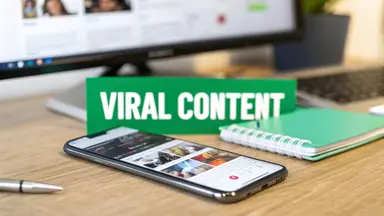
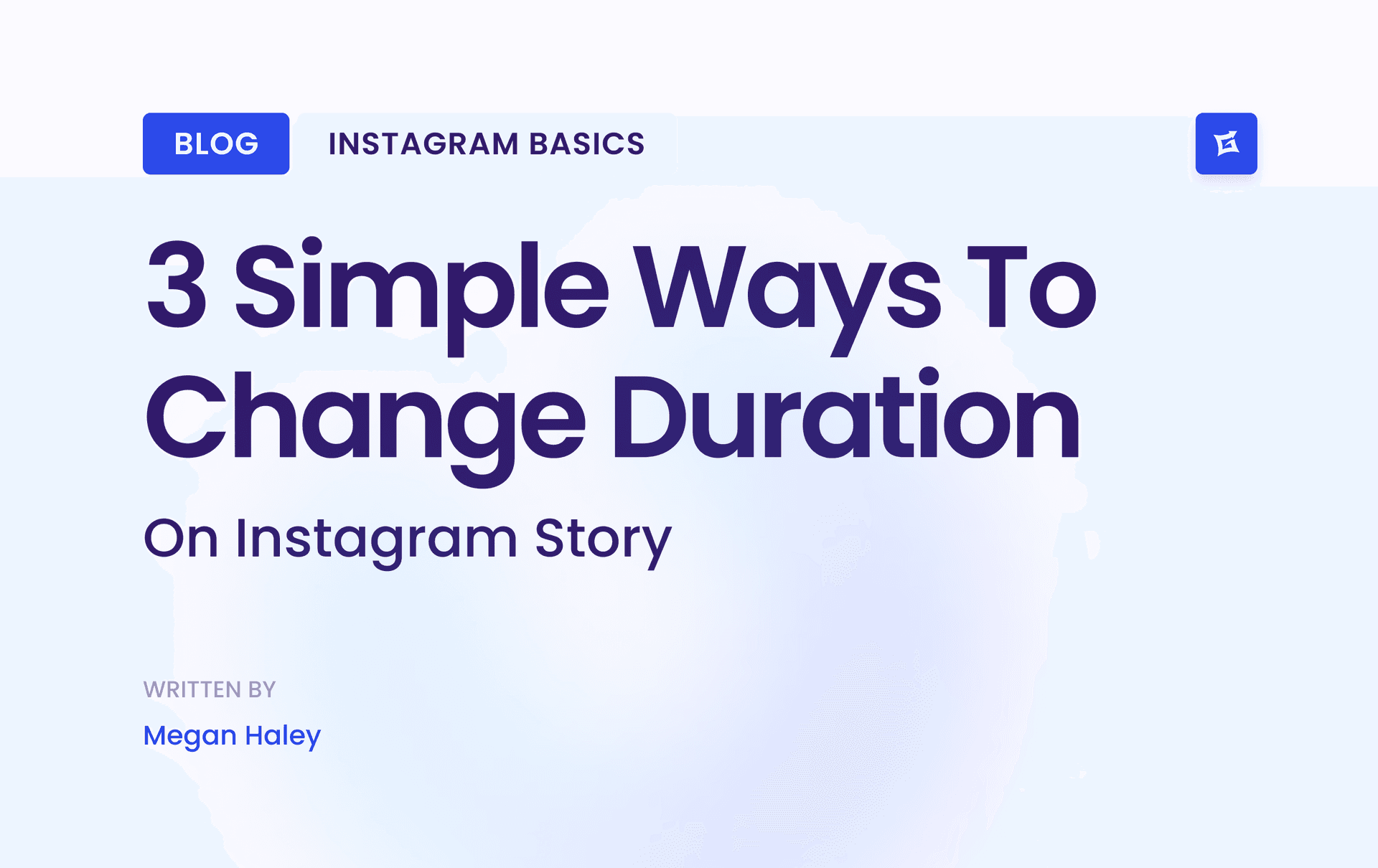
.png&w=1920&q=75&dpl=dpl_Z6gu6XbtMvtEWfqp1ffTThfB5gRx)
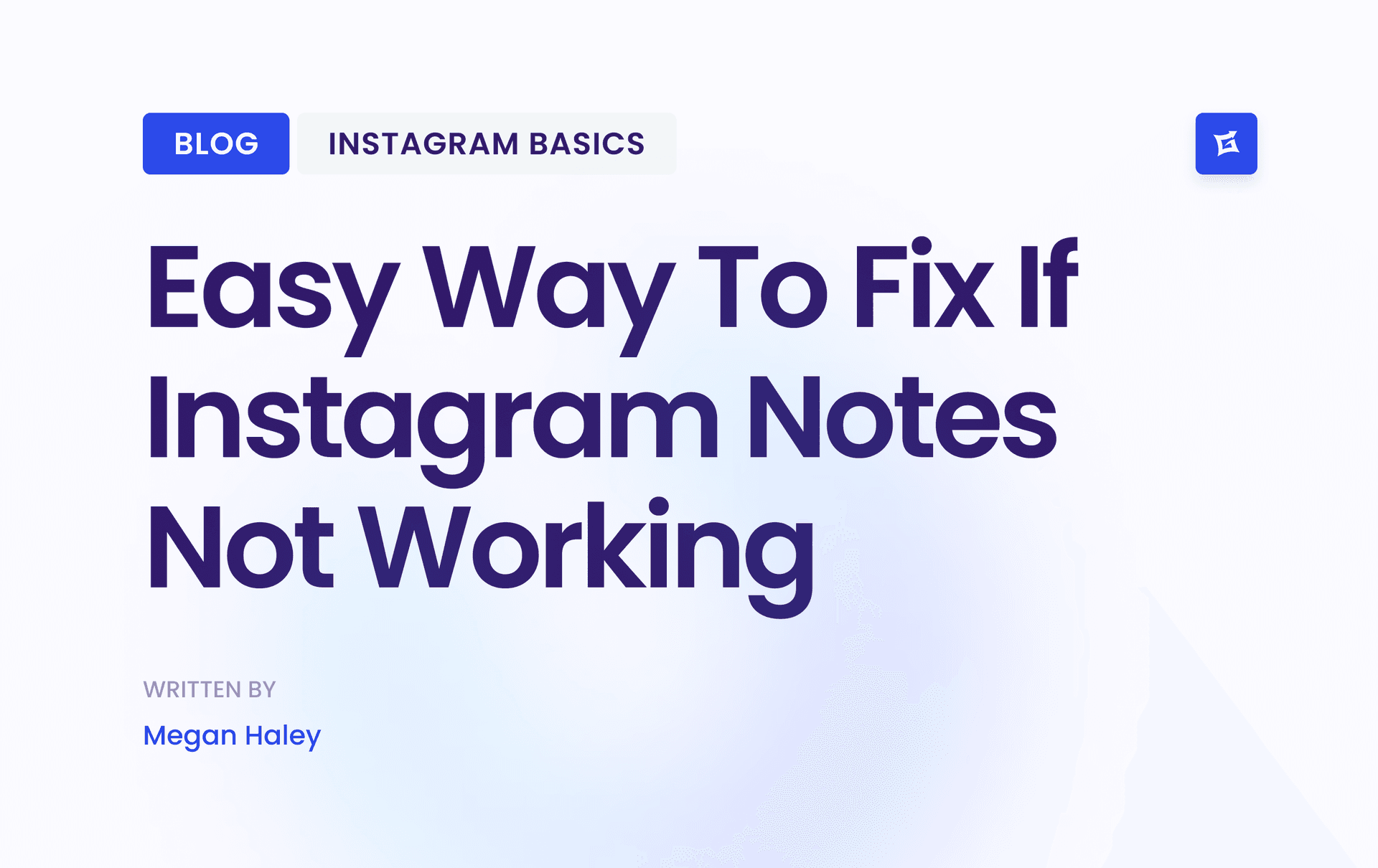
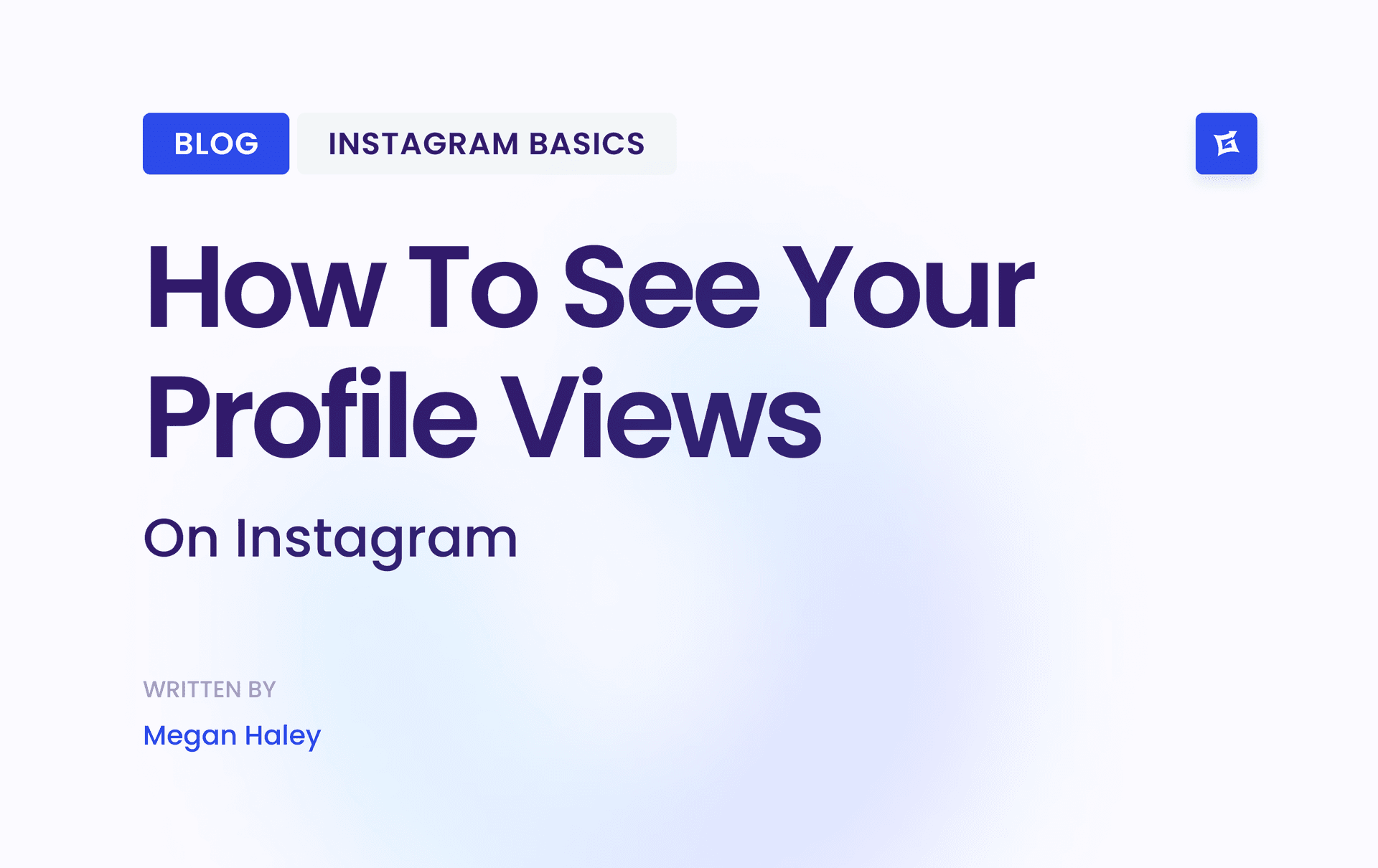

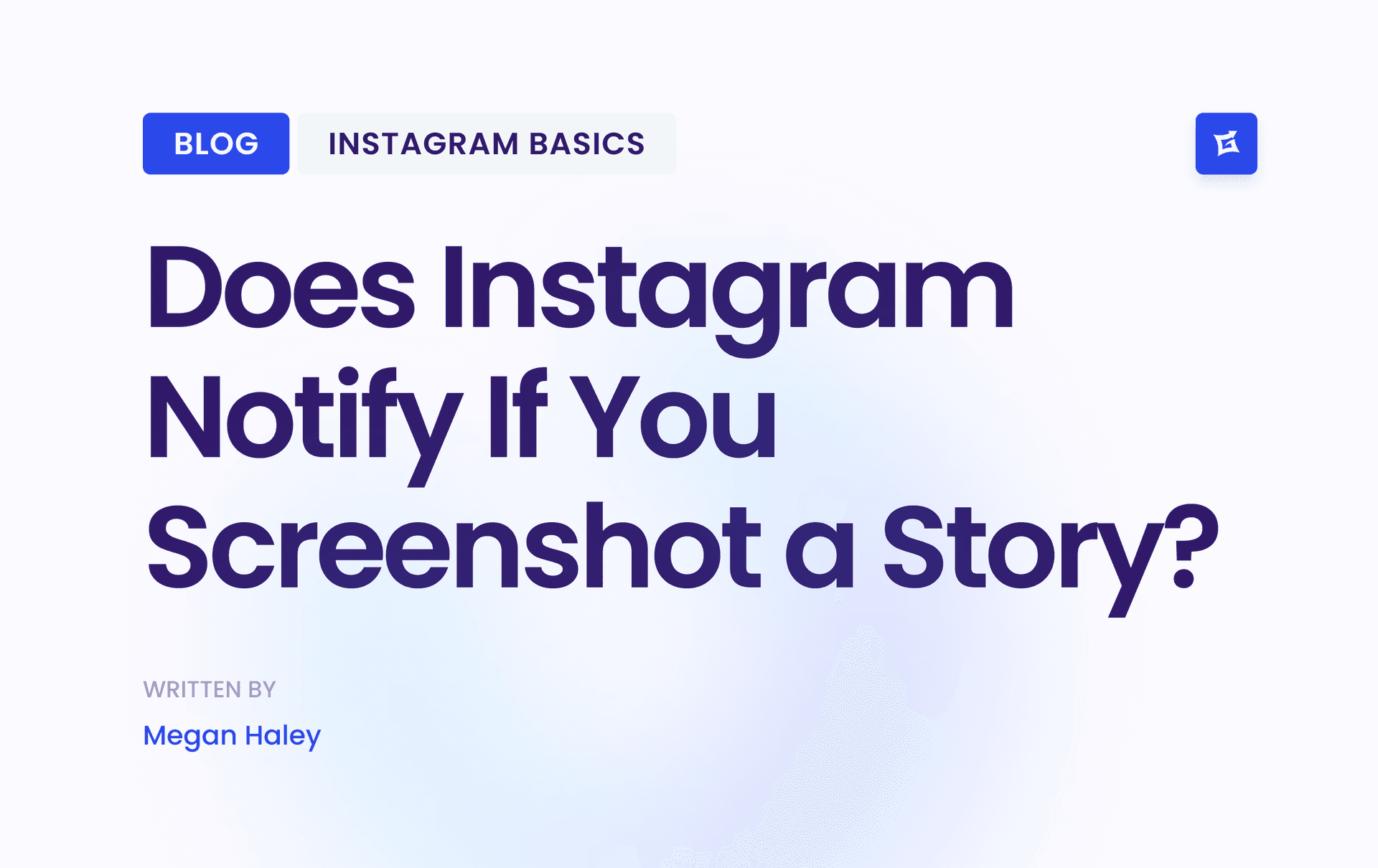



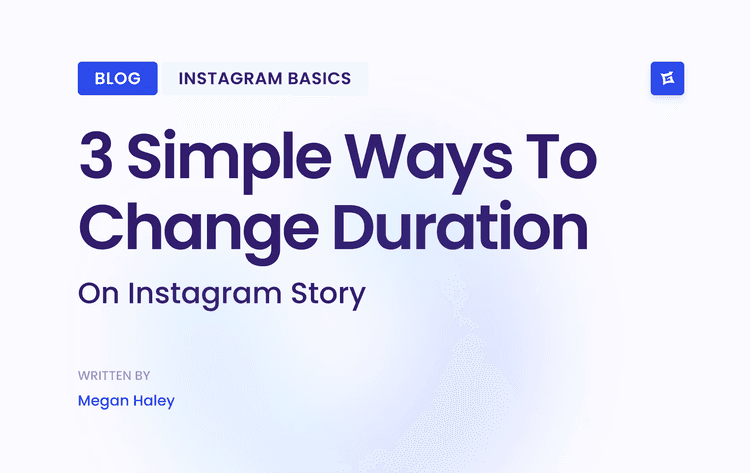
.png&w=750&q=75&dpl=dpl_Z6gu6XbtMvtEWfqp1ffTThfB5gRx)
